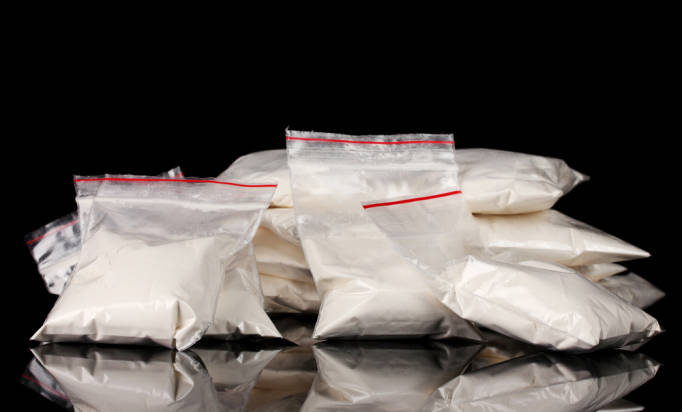 Methamphetamine is a much-maligned drug. Even lots of people sympathetic to drug use or drug law reform scorn it.
Methamphetamine is a much-maligned drug. Even lots of people sympathetic to drug use or drug law reform scorn it.
“I’m for legalizing weed, but meth? Never!” is a commonly heard refrain.
There are good reasons for the disdain. Meth can create psychological dependence; people can behave bizarrely and unpredictably under its influence; and it can have deleterious health consequences ranging from dental problems to heart attacks and strokes to paranoia, anxiety and insomnia.
Yet people continue to use it. It is an all-American drug, in the sense that people use it to work more. It provides a euphoric initial high, followed by an increase in energy and alertness that can last for up to 12 hours. Meth users feel higher motivation to accomplish goals and greater confidence in intellectual and problem-solving abilities—at least at first.
But meth is no more harmful than any other substance taken in proper dosage. And government efforts to repress it have been ineffective at best and counterproductive at worst.
Here are five things you need to know about meth.

1. Meth is a prescription drug. Yes, that drug so terrible it should never be legalized is already available from your local doctor. Pharmaceutical-grade methamphetamine is produced by Abbot Laboratories under the brand name Desoxyn. It is a Schedule II controlled substance, like many prescription opioids and amphetamines, not a Schedule I drug with no accepted medical use, like heroin, LSD and even marijuana. It is prescribed for ADD, ADHD, narcolepsy, and obesity, although in small quantities because of fears of abuse and misuse. Still, at least some ADD/ADHD patients swear by it.
2. Meth is very similar to other amphetamine-type drugs. All those people taking Adderall (dextroamphetamine), Adzenys (amphetamine), Dexedrine (dextroamphetamine), Dynavel (amphetamine), Evekeo (amphetamine), Liquadd (dextroamphetamine), and ProCentra (dextroamphetamine) are using drugs very similar in chemical structure and effect to methamphetamine. A related class of drugs, the methylphenidates, which includes drugs such as Ritalin, acts like amphetamines in their dopamine reuptake inhibiting effect, but lack the dopamine releasing quality that amphetamines have. Different subjective experiences from these drugs results more from dosage and means of administration than differences in their chemistry.
3. There are about half a million regular meth users at any given time. According to the most recent survey, the 2014 National Survey on Drug Use and Health, there were 569,000 “past month” meth users, or 0.2% of the population. That number has been roughly stable over the past decade. But nearly twice as many people—about a million—were nonmedical users of other stimulants. The number of current meth users is smaller than the current number of nonmedical pain pill users (4.3 million), nonmedical tranquilizer users (1.9 million), cocaine users (1.5 million, including crack cocaine), and ecstasy users (609,000), but greater than the number of current heroin users (435,000), crack users (354,000) and LSD users (287,000).
4. Meth is a multibillion-dollar-a-year industry. The authors of The Methamphetamine Industry in America put the size of the illicit meth wholesale trade at $3 billion a year. The authors may overstate the size of the industry—they assume that every “past month” user is actually a daily user, which is certainly not the case—but they also note that they are looking at wholesale, not retail, so even if their wholesale estimate is too high, retail meth sales most definitely account for at least $3 billion in annual revenues. That’s not a huge industry by national standards, but it is significant. It’s about the same size as the tattoo parlor industry, the tanning salon industry, the online job search industry, or the baby formula industry.
5. And most of the profits now go to Mexican cartels. Thanks to state and federal legislation aimed at disrupting the home meth cooking trade by making crucial ingredients, such as pseudoephedrine, more difficult to obtain, what was once an industry dominated by biker gangs and small-scale, mom-and-pop labs producing relatively small amounts of meth for small numbers of people has now become an industry dominated by high-quality methamphetamine produced by Mexican drug cartels in “super labs” in Mexico, and increasingly, in the Southwestern U.S. As the authors of The Methamphetamine Industry in America note, the DEA estimates that Mexican cartels now account for 80% of meth consumed in the U.S. and they produce it with a stunning 90% or greater purity. These state and federal legislative efforts aimed at home meth labs have not reduced meth consumption, but they have reshaped the industry. They might as well carry the generic name the Mexican Methamphetamine Market Share Enhancement Act.

